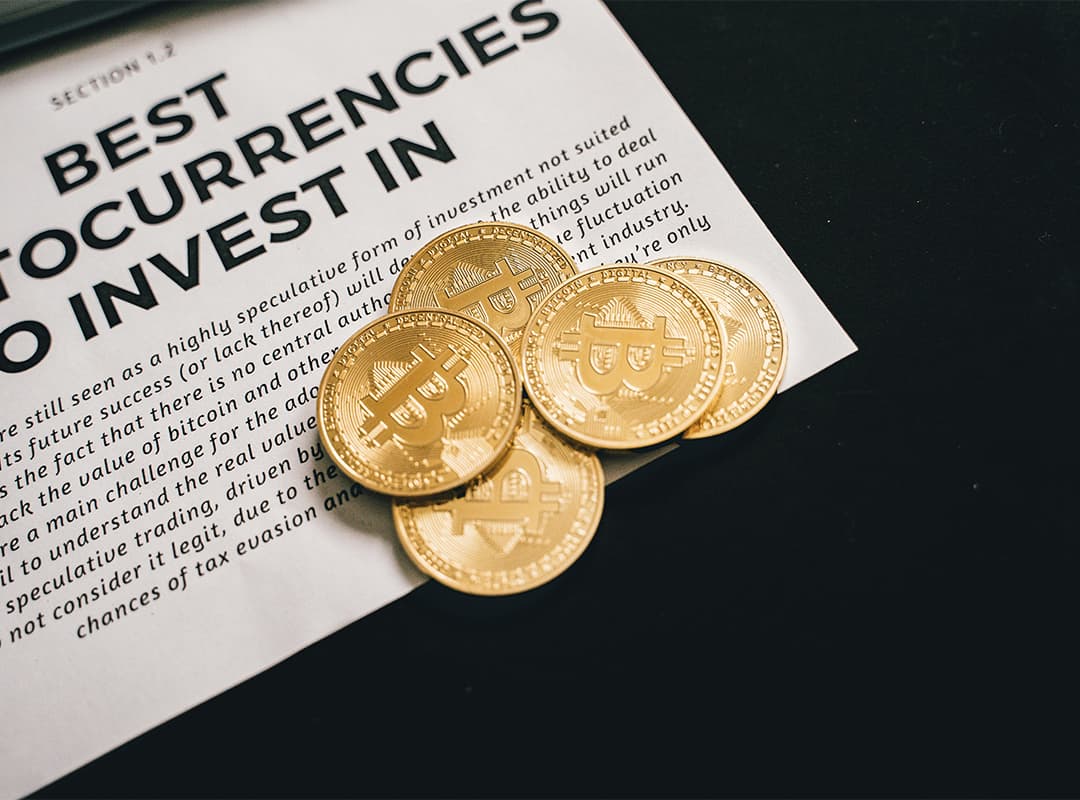Bitcoin has been in active use for 15 years and demonstrates excellent performance as a currency, even though it exists in a virtual space. The main achievements of blockchain technology are resilience, stability, and confidence. Although some experts predicted a short life span and sudden depreciation of this “coin” during the period of its growing popularity, the collapse did not occur. It seems that their predictions will not come true for another hundred years, because two significant levers have been developed for this purpose, one of which is Halving.
What is halving?
To better understand why the concept of halving was developed, it is worth recalling some basic principles of the crypto network, and we should start with the question “where does bitcoin come from?”.
Immediately after the launch of the decentralized network, the creators of bitcoin provided users with a certain number of ready-made blockchains. The blockchain is responsible for storing all the necessary information about the coin, its history, and ownership.
In order for new coins to appear in the system, it is necessary to create new “free” blocks. The process of creating (searching for) these blocks requires powerful computers, so this process was entrusted to users and called mining.
Any user who has the ability and desire to perform this operation can install special software and “mine blocks”. In this case, the owners of technical devices will be rewarded for mining.
So if everyone can mine crypto, how many bitcoins are there and won’t this lead to inflation? This is where halving comes into play.
The history of Bitcoin halving
The team of Satoshi Nakamoto, the creators of the decentralized crypto system, understood perfectly well how the issue works. To avoid inflation, they developed two effective safeguards. The first is a clear limit on the amount of bitcoin. A total of 21 million BTC are planned to be introduced into the system, and this mark is still very far away. In addition, there is a clear regulation of the number of new blockchains added every 10 minutes. Although the quantity is regulated, the price and value of the currency must also be taken care of. This is where another safeguard comes into play.
Halving is a well-planned, natural, and cyclical decrease in the reward for miners who mine new blocks. This is a mechanism that deliberately slows down the growth of the number of blockchains and creates a phenomenon called deflation.
In simple terms, this is a situation where demand always exceeds supply, so that even if users create the currency, the value of the currency remains high.
Throughout the existence of bitcoin, users have seen halving three times. The first time was in 2012 and has been repeated every four years.
The reward also steadily decreases by exactly half. Therefore, the next halving in 2024 will no longer be a surprise, and the amount of the future mining reward of 3.125 BTC is not difficult to calculate.
How halving affected the price of bitcoin
The date of the next halving cannot be precisely determined, as it may be influenced by various factors. However, preliminary estimates point to the end of April 2024, when the number of blocks will reach 840 thousand.
Since this mechanism maintains a balance between supply and demand, leaving demand at a higher point, it always leads to growth and the price of bitcoin will rise. It is also difficult to predict when bitcoin will rise in price, but this phenomenon will definitely happen.
